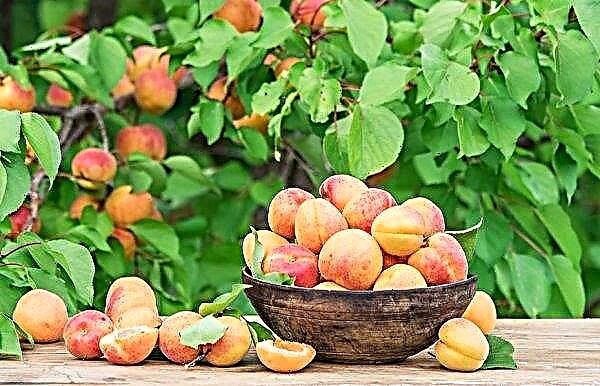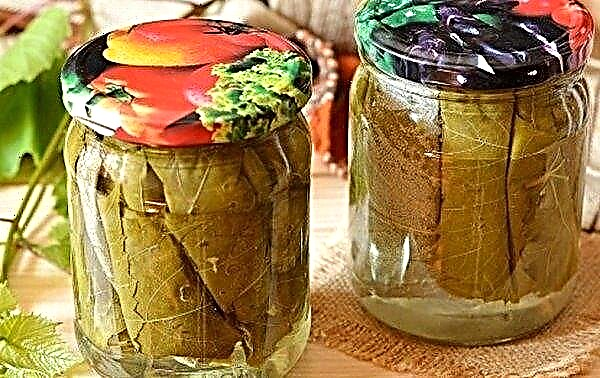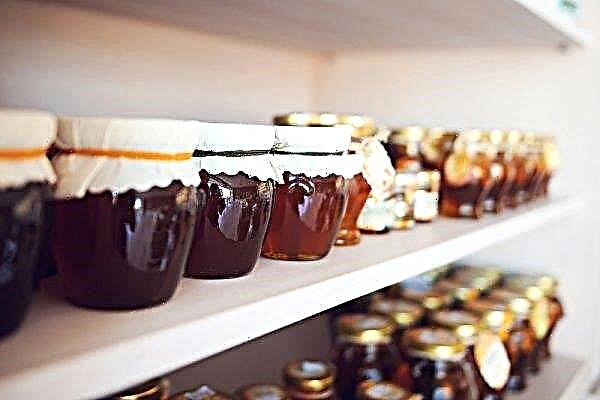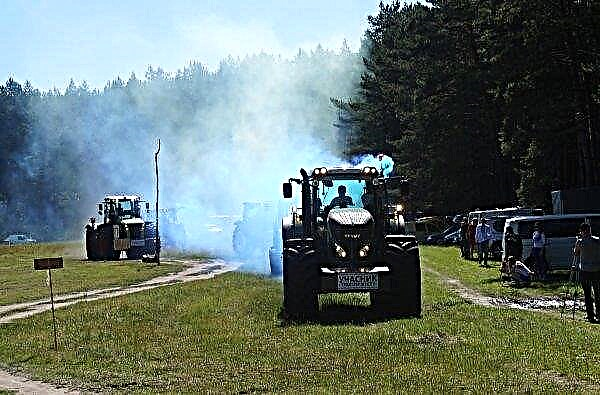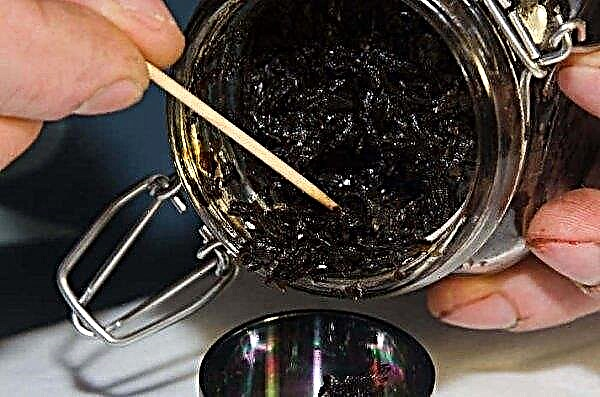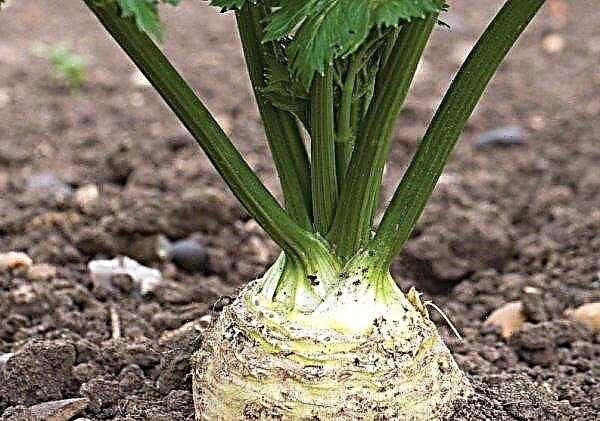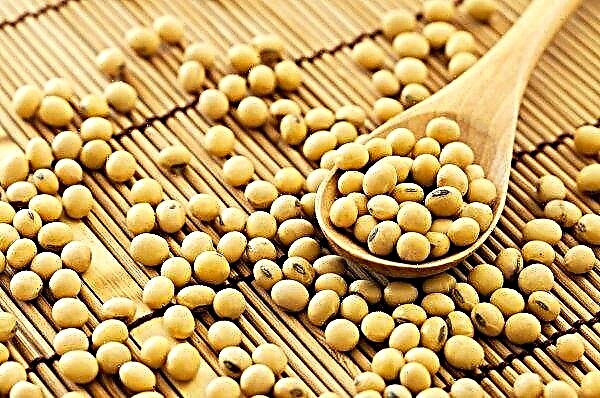If the sled needs to be prepared in the summer, then the polycarbonate greenhouse should be prepared for the new season in the fall. Read more about the autumn processing of the polycarbonate greenhouse in the article.
Why process a greenhouse in the fall
After the harvest, it's time to start the autumn events inside the polycarbonate structure, for which there are several reasons.
The Importance of Autumn Greenhouse Cleaning
During the growing season, in conditions of high temperature and humidity, many problems accumulate in greenhouses that should be solved when preparing the best conditions for the next season. First of all, this concerns the sanitization of the premises, which consists in thoroughly disinfecting the structures of the greenhouse itself and all tools and equipment that are inside or brought in from the side.
Disinfection of a polycarbonate structure is dictated by the need to destroy pathogenic crops accumulated over a season in the greenhouse in the form of:
- causative agents of plant infectious diseases;
- mold and fungal spores;
- pathogenic bacteria.
For example, phytophthora spores remaining after tomatoes in a greenhouse are able to maintain their harmful viability for up to 5 years. If you do not sanitize the room itself and the soil in it, the future tomato harvest may be in danger, as well as other berry and vegetable crops. Therefore, phytophthora with the help of Fitosporin and other diseases and pests, using other means, must be disposed of in advance, and not during the growing season. In addition, the preparation of the greenhouse for winter also includes cleaning the greenhouse from dust, dirt, rust and painting, which are prone to corrosion and rotting parts.
The need for seasonal soil preparation
In the process of plant cultivation, especially when ignoring crop rotation rules, toxins and pathogenic crops accumulate in the soil, which can be eliminated by autumn digging and soil disinfection.
They act as effective preventive measures against the defeat of the future crop of the already mentioned late blight, as well as:Did you know? Greenhouses first appeared in ancient Rome. These were heated rooms covered with mica.
- Fusarium infection
- vertex rot;
- brown spotting;
- whitefly;
- thrips;
- aphids;
- mealybug;
- spider mite.
Stages of preparation for cleaning
At the end of the next harvest, it is time to prepare for the autumn processing of a polycarbonate greenhouse, which consists of several stages.
Autumn cleaning in the greenhouse
The list of actions for autumn cleaning in a polycarbonate room answers the question of what needs to be done for the most successful preparation for the next season, and is:
- removal from the greenhouse of the remains of former plants;
- removal of all available tools outside the premises;
- digging, replacing the top of the soil or disinfecting it;
- putting in order all the structural parts of the greenhouse;
- preparing the greenhouse for the winter.
At the end of the harvest, first of all, you should remove the material for plant garter, pegs, shelving, trellis and other auxiliary materials, tools and equipment from the premises. All this should be thoroughly cleaned, washed and disinfected with Fitosporin or potassium permanganate in the form of a maroon solution, in which the equipment is soaked for 60 minutes. After that, everything is dried, if necessary painted and stored for winter storage.
Processing Greenhouse Structures
If the design of the greenhouse provides for the removal of the polycarbonate coating, it is removed, since pathogenic microorganisms accumulate on it. Polycarbonate boards are treated with disinfectants, as well as other parts of the structure that are previously freed from contamination and possible rust. When wondering how to wash greenhouse constructions, it is worth paying attention to a solution of laundry soap. Moreover, the frame parts are washed with soapy water both from the inside and the outside. After washing, the soap solution is removed with a damp rag.
Important! The polycarbonate coating must be treated exclusively with detergents that do not have abrasive properties in order to avoid damage to the polycarbonate boards.
Disinfection of soil in greenhouse beds
In order for the greenhouse soil to be fully prepared for the next spring, it must be rid of the old stems, foliage and roots. Then the upper part of the soil is either removed or thoroughly disinfected. This is especially true in cases where crop rotation rules were not respected in the greenhouse beds.
When removing the top soil layer up to 9 cm thick, it is replaced by healthy previously prepared soil. Then they start digging fresh soil together with the lower earthen layer, combining it with the introduction of organic fertilizers in the form of fresh manure or enriching the soil with urea, which is another active supplier of nitrogen to the soil. And in order to answer the question of what fertilizers still to be applied, it is necessary to plan ahead what vegetables and berries are supposed to be planted in the greenhouse next season.
If during the past season neither the occurrence of diseases nor the invasion of pests was observed here, then the upper layer of the earth is left in place.
But for the purpose of prevention, he undergoes mandatory disinfection with:
- soil treatment with boiling water;
- 3% solution of iron sulfate;
- chlorine solution with lime;
- solution of copper sulfate.
Did you know? The first greenhouses, similar to modern ones, were built in the first half of the 13th century in Cologne by the German gardener Albert Mangus. Exotic plants grew, bloomed, and bore fruit in these greenhouses so violently that the gardener was even accused by the Inquisition of witchcraft.
How to process a polycarbonate greenhouse
For high-quality preparation of greenhouses for the new season, 5 methods of disinfection are most often used. When working on the disinfection of greenhouses, it is necessary to remember that all the surrounding microflora is both harmful and beneficial to plants. Therefore, disinfectants are best chosen for selective action that destroys only organisms harmful to plants.
The most effective and popular drugs of similar action are:
- "Fufanon"effectively destroying thrips, aphids, spider mites and whiteflies, for which a solution of 10 ml of a solution, dissolved in a bucket of water, treats cracks in frame joints, a dirt surface, and garden fences;
- Marshallused in vegetable growing and gardening to combat gall nematodes, spider mites and aphids by dissolving 7 g of the drug in 10 l of water and treating the resulting soil solution;
- "Fitosporin"intended for the prevention and control of fungal diseases, for which 5 g of the drug is diluted in a bucket of water to spray the soil surface with the resulting solution, as well as the walls and ceiling of the greenhouse;
- "Maxim", also struggling with fungus, for which the drug is diluted in water in a ratio of 1: 4.
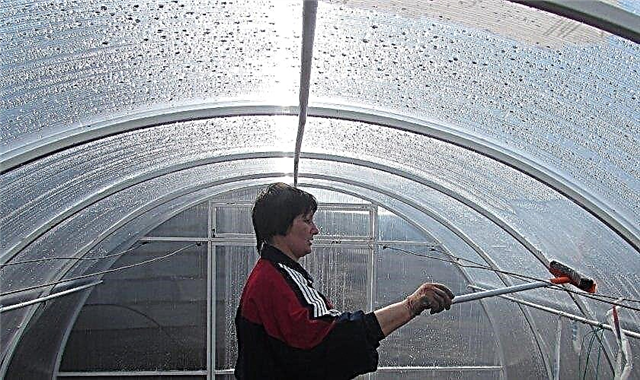
However, most often, when answering the question, what is the preferred way to disinfect greenhouses in the fall, in order to get maximum guarantees for the successful course of the future greenhouse season, experienced vegetable growers resort to the remaining 4 methods of disinfection.
In particular, to:
- fumigating with a sulfur saber;
- fumigating with cuttings of sulfur;
- pollination with bleach;
- irrigation of copper sulphate.
Sulfur Check Fumigation
When applying this method of disinfection of greenhouses, it should be borne in mind that if the polycarbonate plates of the room are mounted on a galvanized frame, sulfur dioxide anhydride released during fumigation has an extremely negative effect on it. The process itself is carried out through the uniform distribution of sulfur drafts taken at the rate of 0.6 kg per 10 cubic meters. m, around the perimeter of the greenhouse on metal substrates and their ignition.
Important! Ignition of checkers should begin with the farthest from the entrance to the greenhouse.
Ignition is preceded by careful sealing of cracks in the greenhouse, closing windows and doors, as well as the mandatory use of rubber gloves, a gas mask or a respirator with glasses. Opening doors in the greenhouse is carried out only after a week after fumigation, after which the greenhouse should be ventilated for 3 weeks.
Cherenkovoy sulfur
Precautions for fumigation with cuttings of sulfur are the same as for fumigation with sulfur blocks. The process itself is carried out by mixing 1 kg of cuttings of sulfur with a similar amount of charcoal, which are ignited in metal containers at the rate of 2 kg of the mixture for every 10 cubic meters. m of greenhouse space.

Bleach treatment
To prepare the solution, it is necessary to dilute 0.4 kg of bleach in a bucket of water and insist for 4 hours. The resulting solution is sprayed with a spray gun onto the soil surface, as well as the walls and ceiling of the structure. After processing, the doors of the greenhouse are closed for a couple of days, and then the room is well ventilated. With a solution of bleach for disinfection, I also wash all my inventory.
Copper sulphate
Copper sulfate proved to be a good disinfectant, 0.075 kg of which is dissolved in 10 liters of water. The resulting solution is sprayed into the greenhouse using a spray gun. If during the previous season there were outbreaks of any plant diseases in the room, the amount of vitriol dissolved in a bucket of water is increased to 0.15 kg.
Preparing a greenhouse for winter: tips from summer residents
The experience of summer residents using such structures on their sites is useful:
- Experienced owners of polycarbonate greenhouses, talking about how to care for them in the fall, recommend using a dishwashing detergent, soda or formalin in the ratio of 0.25 g per bucket of water to wash the polycarbonate coating and frame elements, in addition to a laundry soap solution.
- They also believe that it is not necessary to disassemble the polycarbonate structure for the winter. But in order to avoid its deformation during heavy snowfalls, it is recommended to strengthen the greenhouse roof with wooden supports in the form of the letter "T".
- To the question whether it is necessary to make snow in the greenhouse in winter, the answers are different. The lack of snow allows the soil to freeze as deep as possible in winter, which destroys pests hiding in the ground. But, on the other hand, snow in a greenhouse in the spring turns into meltwater, which is an excellent stimulator of plant growth.
- The hothouse frame should be cleaned of dirt and, if necessary, regularly painted to prevent lichens and fungi from appearing on it, which are then very difficult to dispose of.
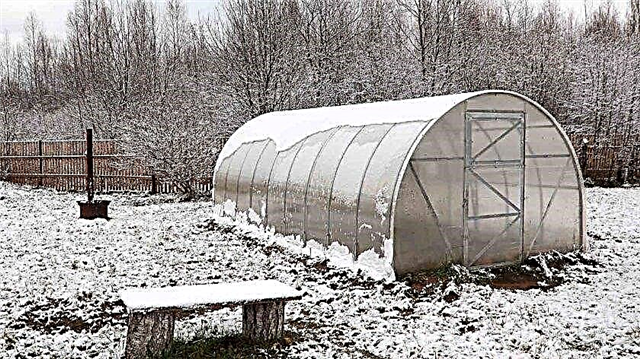
Autumn processing of polycarbonate greenhouses is a troublesome and time-consuming task. But the friendly growth of greenhouse plants next spring with the complete absence of diseases and pests on them fully pays off the effort.




